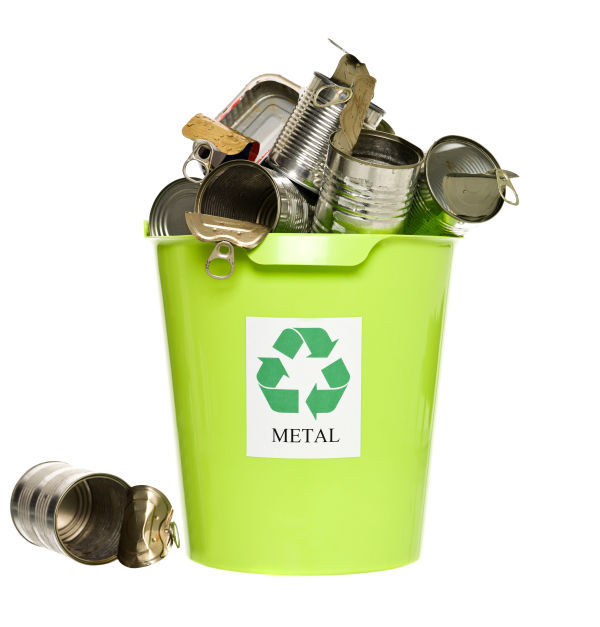Of all the earth’s natural elements, aluminum happens to be the third most abundant resource on our planet in its raw form.
With rather humble origins as a soft, red, mineral-laden rock called bauxite, highly valuable aluminum ore contains boehmite, diaspore and gibbsite as well as clay, iron hydroxides and free silica.
On an annual basis, more than 130 million tons of bauxite is extracted globally, and current estimates suggest that we have enough reserves to carry us through the
next 400 years.
Found in tropical, subtropical and volcanic regions with excellent drainage below a ferruginous surface layer, the leaders in bauxite production continue to be Asia (including
China and India), Central and South America (including Venezuela, Brazil,
Jamaica, Guyana and
Surinam), Russia, Africa,
Iceland and Australia. In fact, the Land Down Under meets close to one-third of our total global demand.
Extraction process
Open-pit mining (also known as surface, open-cast or strip mining), in which large swaths of earth are excavated relatively close to the surface in order to remove valuable materials, enables workers to locate raw bauxite.
The material is then transported to smelter or reduction plants where it is placed into a
caustic chemical bath of sodium hydroxide in order to dissolve the desired metal at very high temperatures.
Following filtration and subsequent heating of the mixture at 1,000º C, the molten solution is then
augmented with cryolite.
Through electrolysis (the introduction of a very intense electrical current), the liquefied aluminum can then be
successfully extracted, cleaned and poured into solid ingots.
Approximately 1 ton of aluminum oxide is produced from every 4 tons of mined bauxite.
Products made with aluminum
Laundry detergent, cement, aspirin, roofing, soda cans, house siding, spark plugs, foil containers, foil wrap, makeup, appliances, fluorescent light bulbs, dishwashers, cookware coatings, chemicals, deodorant, polishing compounds, household siding, antacids, toothpaste, multiple types of transportation vehicles (including automobiles, military vehicles, planes, marine transportation and trains).
Environmental impact
Overall, the entire process of transforming raw bauxite into aluminum is
incredibly energy intensive, requiring copious amounts of electricity, water and resources to produce (that is the main reason why power plants are built solely to support the aluminum industry).
Since pure aluminum ore is so stable, an extraordinary amount of electricity is required to yield the final product and, at least in the U.S., half of the smelting energy consumed is
courtesy of coal, one of the most notoriously polluting fuel sources known to mankind.
The EPA says that the release of perfluorocarbons during the aluminum smelting process are
9,200 times more harmful than carbon dioxide in terms of their affect on global warming.
When bauxite is
extracted from the earth, the strip-mining process removes all native vegetation in the mining region, resulting in a loss of habitat and food for local wildlife as well as significant soil erosion.
The caustic red sludge and toxic mine tailings that remain are commonly deposited into excavated mine pits where they
ultimately seep into aquifers, contaminating local water sources.
Greenhouse gas emissions
released during smelting and processing (which have been found to blanket
surrounding regions with toxic vapors) include carbon dioxide, perfluorocarbons, sodium fluoride, sulfur dioxide, polycyclic aromatic hydrocarbon and a vast list of other problematic elements.
Particulates
released during processing that are known to compromise air quality include combustion byproducts, caustic aerosols, dust from bauxite, limestone, charred lime, alumina and sodium salt.

Compared to producing virgin aluminum from raw bauxite,
recycling old aluminum consumes just 5% of the energy and releases a mere
5% of the greenhouse gases.
Infinitely recyclable, aluminum loses none of its integrity even when it is melted down repeatedly, plus, the
whole recycling process can be achieved in less than 60 days flat.
Recycling just four cases of beer containing a total of 96 cans
saves enough energy to keep a laptop computer running for well over a month.
Aluminum is
economical to recycle and yields consistent income for municipalities (despite fluctuations in scrap prices) as well as charities and community causes.
Landfills across the globe continue to be the
final resting place for infinite numbers of aluminum beverage cans, which, when incinerated, contaminate air with toxic compounds and take up to
500 years to fully decompose.
By recycling already-manufactured aluminum materials, precious space can be conserved in landfills and
no new waste materials are produced!
